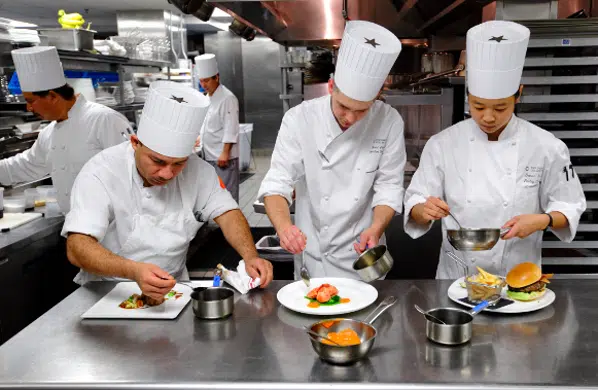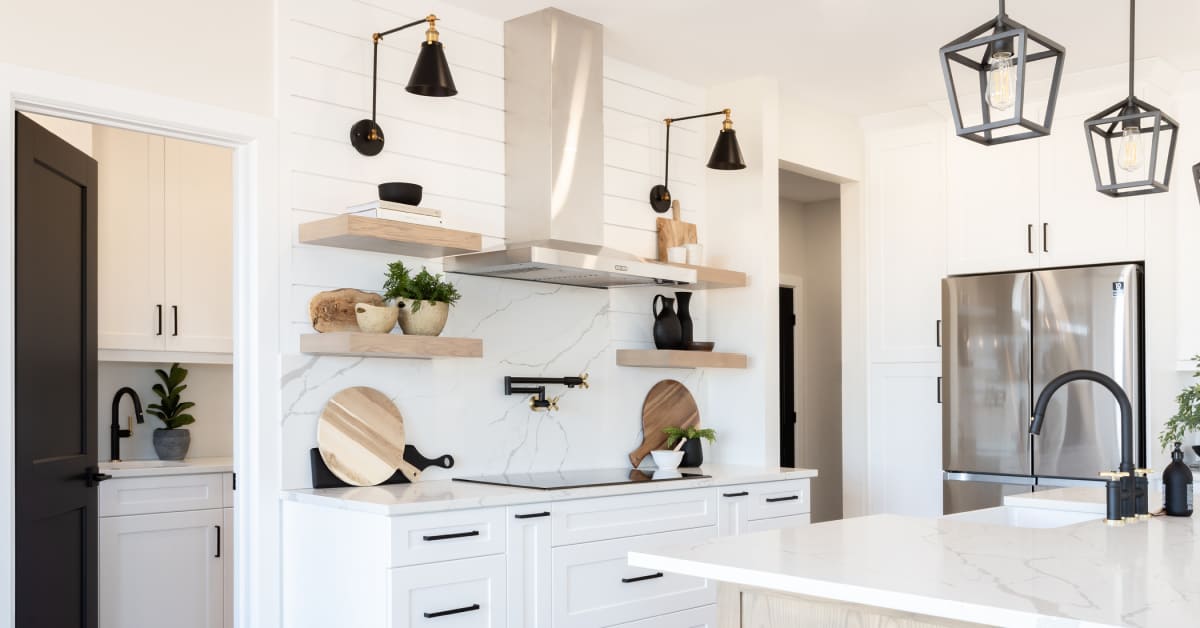Introduction:
In the intricate world of gastronomy, the heart of any restaurant lies within its kitchen. For small restaurants, the challenge is to optimize every square inch of space without compromising functionality, efficiency, or the chef’s creative flair. This guide aims to unravel the secrets of designing a very small restaurant kitchen that not only meets operational needs but also enhances the overall dining experience.
Understanding the Space Constraints
In this section, we delve into the unique challenges posed by limited space in small restaurant kitchens. We explore the impact on workflow, storage, and the need for multi-functional areas. By understanding the constraints, we can better strategize an efficient design.
The Ergonomics of a Compact Kitchen
Efficiency is the backbone of a successful kitchen. This section explores the principles of ergonomic design, focusing on the arrangement of equipment, workstations, and storage to minimize movement and streamline the cooking process. Tips for optimizing workflows and creating a smooth operation are also discussed.
Smart Equipment Selection
Choosing the right equipment is pivotal in a small kitchen. We explore space-saving appliances, such as compact ovens, versatile cooktops, and innovative storage solutions. Additionally, we delve into the benefits of multifunctional tools that can perform various tasks, helping maximize efficiency without clutter.
Storage Solutions for Small Spaces
Storage is a constant challenge in small kitchens. This section offers insights into creative storage solutions, including vertical storage, pull-out shelves, and customized cabinets. We discuss the importance of organizing supplies efficiently to minimize clutter and enhance accessibility.
Designing an Aesthetically Pleasing Kitchen
While functionality is crucial, aesthetics play a significant role in creating a memorable dining experience. We explore design elements that can visually enhance a small kitchen, such as lighting, color schemes, and open shelving. Balancing aesthetics with practicality is key in achieving a harmonious kitchen design.
Workflow Optimization and Staff Collaboration
Efficient workflow is essential for a smooth operation, especially in a compact kitchen. This section discusses strategies for optimizing the movement of chefs and staff, fostering collaboration, and minimizing bottlenecks. Well-designed layouts and communication systems are explored to enhance teamwork and productivity.
Compliance with Safety and Health Codes
Ensuring that the kitchen meets safety and health codes is non-negotiable. This section outlines the key considerations for compliance, including proper ventilation, sanitation, and fire safety. Adhering to regulations not only ensures the well-being of staff but also prevents potential legal issues.
Conclusion:
Designing a very small restaurant kitchen requires a delicate balance between functionality, aesthetics, and compliance. By understanding the unique challenges posed by limited space and implementing strategic design principles, restaurateurs can create a kitchen that not only meets operational needs but also enhances the overall dining experience. Craft your culinary magic within the confines of a compact kitchen, and watch your small space transform into a culinary haven.





